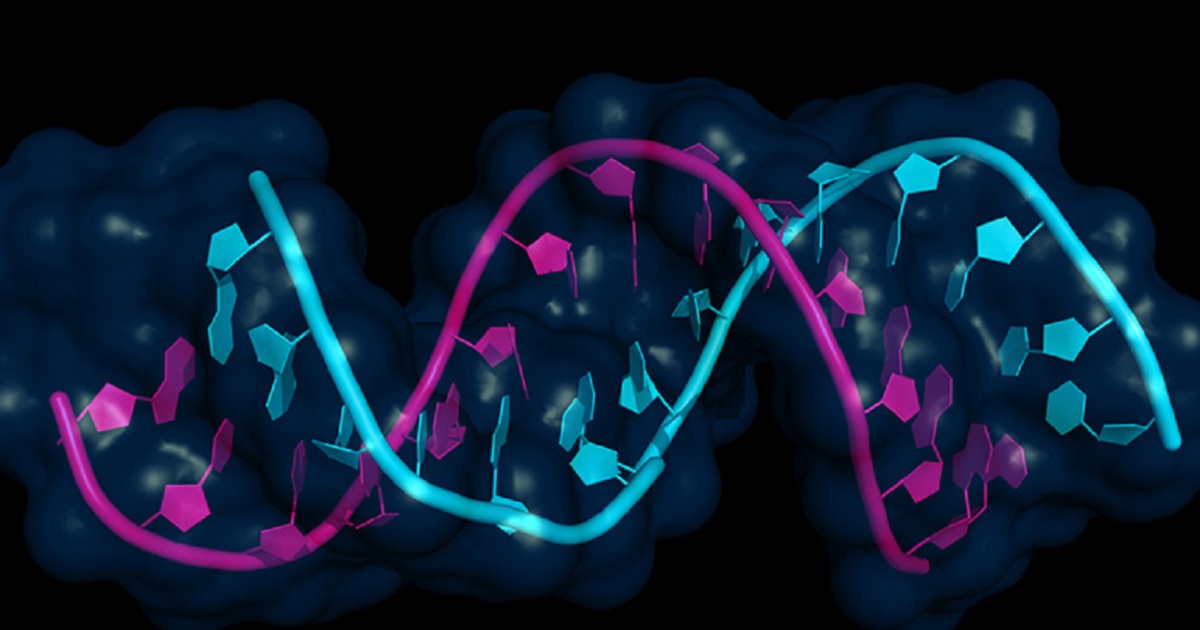Nanoparticles for RNA Vaccine Delivery Help Stop Melanoma Tumor Growth
Medgadget | October 01, 2019

RNA vaccines are a promising way to harness the immune system to fight cancers and infections. Some are currently in clinical trials, but the technology is still in its early stages. A major impediment to the effectiveness of RNA vaccines is the difficulty in getting them into the correct immune cells to produce the desired proteins and guaranteeing that the immune system will respond with sufficient force. To help with this, chemists at MIT have created a range of lipid nanoparticles that can be used as delivery vesicles for RNA vaccines. These nanoparticles have already been shown to improve target protein production and increase the effectiveness of the immune system in fighting melanoma tumors in mice. “One of the key discoveries of this paper is that you can build RNA delivery lipids that can also activate the immune system in important ways,” said Daniel Anderson, the senior author of the study, in an MIT press release. RNA vaccines have to penetrate antigen-presenting cells to induce them to produce a protein that will signal T cells and other immune cells to attack a target cell or tissue involved in disease. The MIT researchers synthesized thousands of lipid nanoparticles and picked out ones that had the desired chemical features, specifically a cyclic structure at the tip of the nanoparticles that seems to activate the stimulator of interferon genes (STING) signaling pathway. When it is active, STING makes cells produce cytokines that make T cells do their signature tricks.